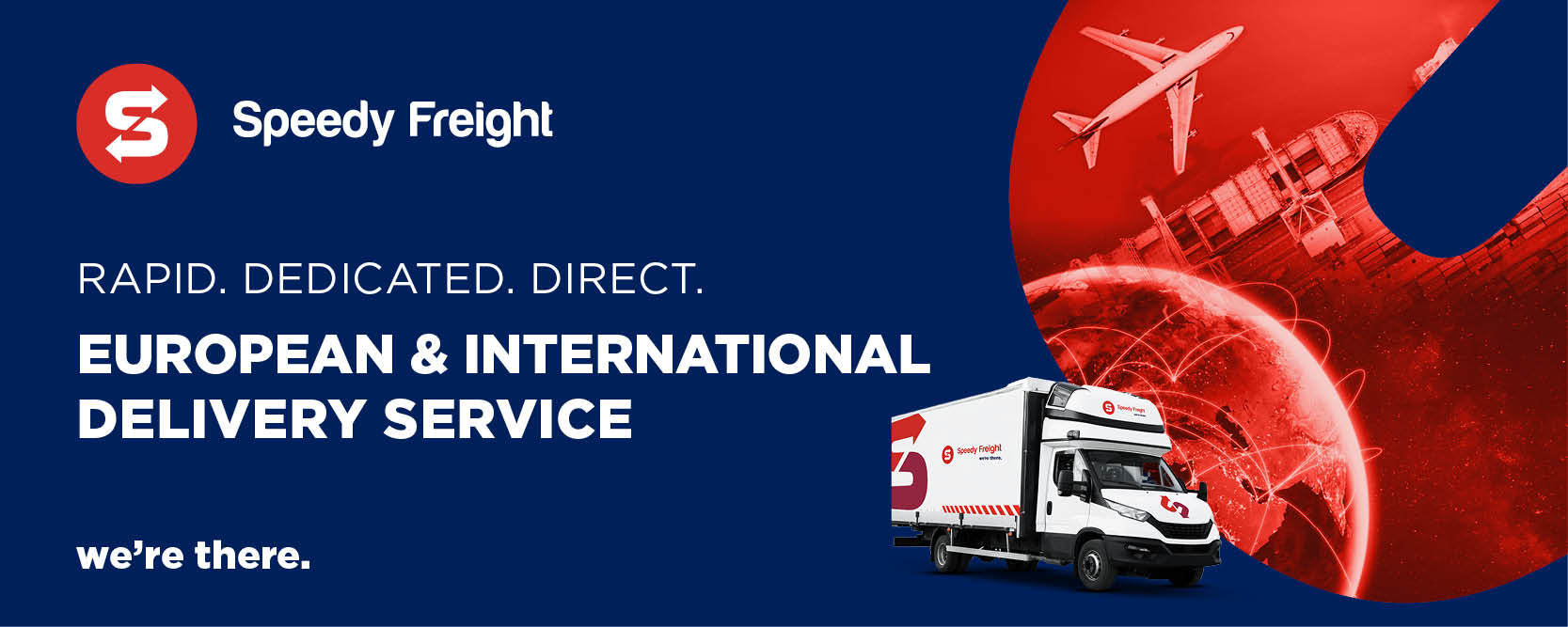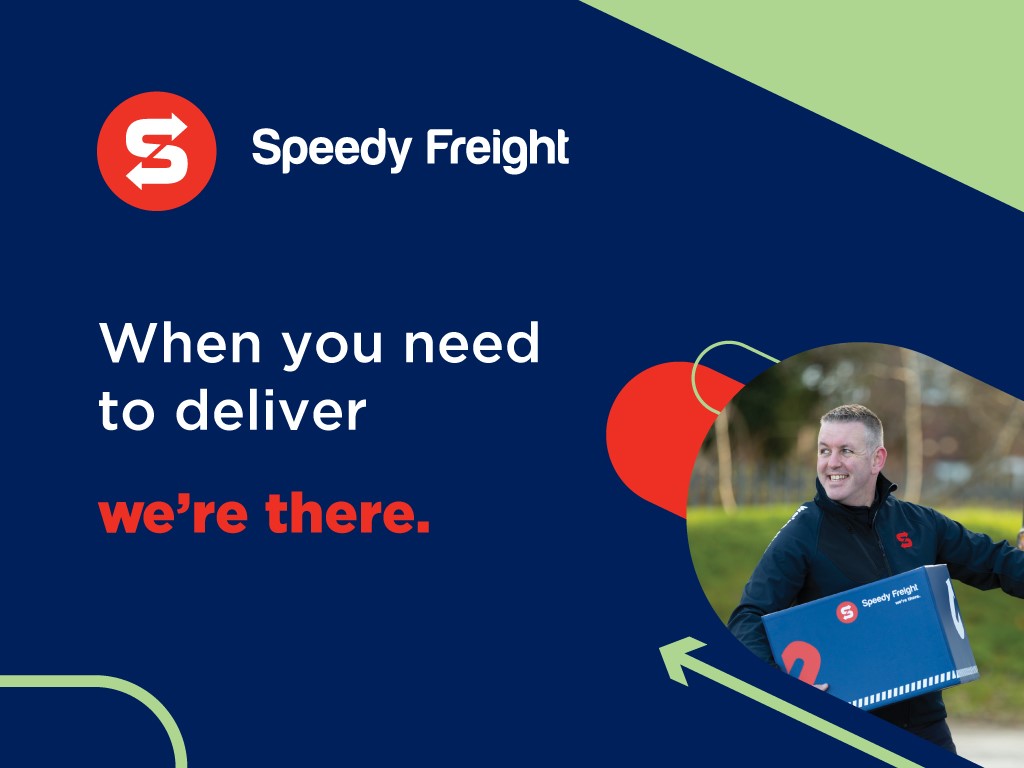
A step-by-step guide to Making Tax Digital for your business
Making Tax Digital (MTD) is revolutionising how UK businesses handle finances.
This government scheme makes it easier for you to get your business’ taxes right, saves you from the time consuming tax processes. So, what must you do to comply with MTD?
In this step-by-step guide, we’ll discuss everything you need to know about Making Tax Digital for your business.
Understand the basics
Making Tax Digital is an UK government initiative, the purpose of which is to digitalise the UK tax system. It’s intended to streamline tax processes for both the government and business, making the system more accurate and efficient as a whole.
As of April 2022, all VAT registered businesses need to comply with MTD. You need to record your business’ transactions digitally and submit your returns to HMRC using compatible software.
Consult with an expert
You know the most about your business, but it can still be helpful to get input from an accounting expert. They’ll be able to give you insight and advice on what you need to do and how you should best do it.
Choose your software
The option you choose needs to reflect the type of business you run, as well its individual circumstances and needs. There are a wide range of software you can choose from, which improve the accuracy of your tax determination including many cloud-based systems that allow you to record and backup your data online.
Make the transition
Making the change from traditional to digital tax systems might feel difficult. But with careful preparation, you can smooth out the transition. Ensure that all your financial data is correct. Take the time to get a thorough understanding of your new software and how you can best use it to ensure compliance with Making Tax Digital. If you want to be extra thorough, consider practicing moving your data across before actually transitioning.
Maintain your compliance
Moving your data records onto your new platform is just the beginning. You need to continually ensure that you’re on top of your digital tax responsibilities by conducting:
- Regular check ups on your records and obligations
- Comprehensive training for your team on their responsibilities
- Consultations with your accountant or tax consultant should you want insights on your requirements and how you can improve
Monitor for updates
There are regular Making Tax Digital updates sent out by HMRC. These could affect your business, so make sure that you keep your finger on the pulse of any changes, so you don’t miss out on anything important.
Complying with Making Tax Digital might seem like a complicated task. But after reading this guide, you should have a stronger understanding of what you need to do. Remember that while making the transition does take some time and investment, it will revolutionise your tax processes over the long term.













